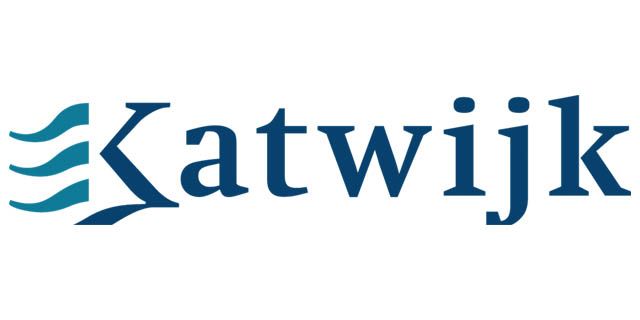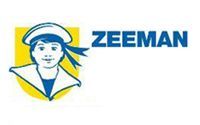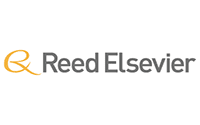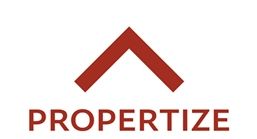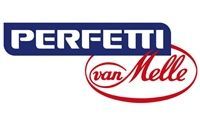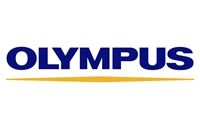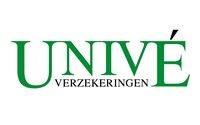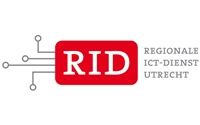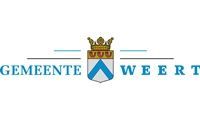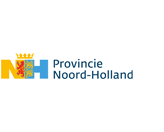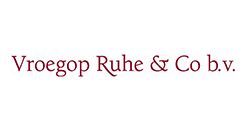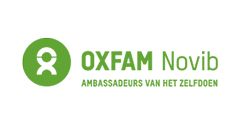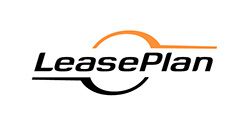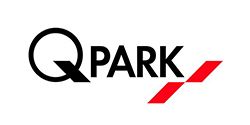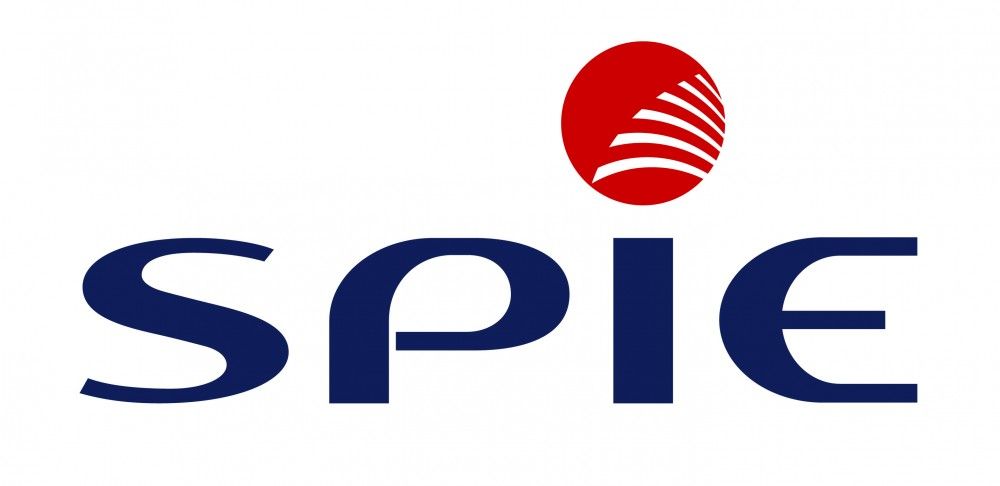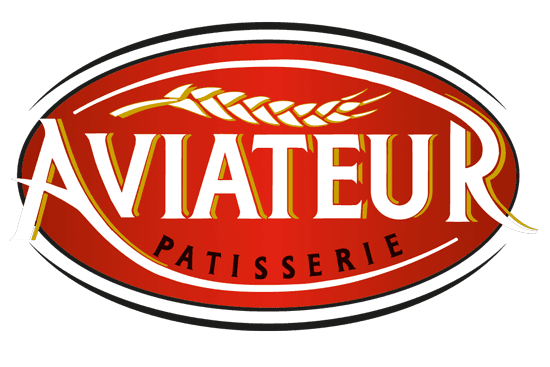Cursusbeschrijving
In this course students will learn essential programming skills and techniques that are required to develop Windows Store apps. This includes a combination of both design and development skills, as well as ensuring that students are comfortable using and making the most of the Visual Studio and Expression Blend tools.
{tab Doelgroep}
This course is intended for professional developers who have 1 or more years of experience in creating applications.
{tab Voorkennis} Voor het volgen van de 20481 moet de cursist eerst de cursus M20480 Programming in HTML5 with JavaScript and CSS3 gevolgd hebben. {tab Certificering}
Deze cursus helpt u voor te bereiden op het examen 70-481
{tab Overige informatie}
This course will be delivered with digital courseware. In order to have the best learning experience you are asked to bring your own second screen to view the courseware. A second screen includes: tablets and laptops.
{/tabs} {slider Cursusinhoud|closed}
Module 1: Overview of the Windows 8 Platform and Windows Store Apps
This module describes the Windows 8 platform and features, and explores the basics of a WindowsStore app interface.
- Introduction to the Windows 8 Platform
- Windows 8 User InterfacePrinciples
- WinRT and Language Projections
After completing this module, students will be able to:
- Describe the Windows 8 platform, architecture, and features.
- Describe the basics of the Windows 8 UI and the Windows Store app experience.
- Describe the new API model, how it supports building Windows Store apps, and how it enables multiple language-specific projections.
Module 2: Single-Page Applications and the MVVM Design Pattern
This moduledescribes the principles used for building single-page apps and how to apply the MVVM design pattern using
- Single-Page Apps
- The MVVM Design Pattern
After completing this module, students will be able to:
- Describe the concepts used when building a single-page smart client app.
- Describe how to implement the MVVM design pattern using JavaScript.
Module 3: Using WinJS
This module explains how to use WinJS to build WindowsStore apps.
- The WinJS Library
- WinJS APIs
After completing this module, students will be able to:
- Describe the WinJS library.
- Describe important WinJS APIs.
Module 4: Implementing Layout using Windows 8 Built-In Controls
This module explains howto implement the AppBar and layout controls.
- Windows 8 Layout Controls
- Implementing Templates
- The AppBar Control
- Snap and Scale
After completing this module, students will be able to:
- Describe out-of-the-box layout controls available for WindowsStore apps.
- Implement a control template for use with built-in controls.
- Describe the AppBar and its functionality.
- describesnapped and scaled views.
Module 5: Presenting Data
This module explains how to use data binding to present data in the User Interface.
- Working with Data Presentation Controls
- The ListView Control
Lab : Presenting Data
- Create the Data
- Implement the ListView Control
After completing this module, students will be able to:
- Describe data presentation support for various controls and the differences between the controls.
- Describe data presentation controls (ListView).
Module 6: Handling Files in Windows Store Apps
This module explains how to handle files and streams in WindowsStore Apps.
- Handling Files and Streams in WindowsStore apps
- Working with File User InterfaceComponents
After completing this module, students will be able to:
- Enumerate Windows.Storage namespace objects and their capabilities.
- Describe the best practices for how to use the file system objects and various streams.
- Describethe asynchronous nature of the file system and streams.
- Describe the file and contact pickers.
Module 7: Windows Store App Process Lifetime Management
This module explains how to respond to application lifecycle events using Process Lifetime Management (PLM) and the PLM extensibility points provided by the Visual Studio 2012 templates.
- Process Lifetime Management
- Launching WindowsStore Apps
- Implementing State Management Strategy
After completing this module, students will be able to:
- Describe the WindowsStore apps PLM.
- Describe the best practices for implementing WindowsStore app launch/activation.
- Describe state management concepts in WindowsStore apps.
Module 8: Designing and Implementing Navigation in a Windows Store App
This module explains how to handle navigation scenarios in a Windows Store app and how to implement Semantic Zoom.
- Handling Navigation in WindowsStore apps
- Semantic Zoom
After completing this module, students will be able to:
- Describe navigation principles in WindowsStore apps.
- Describe Semantic Zoom.
Module 9: Implementing Windows 8 Contracts
This module explains how to design and implement Windows 8 contracts such as Search, Share and Settings.
- Designing for Charms and Contracts
- The Search Contract
- The Share Contract
- Managing App Settings and Preferences
After completing this module, students will be able to:
- Describe charms and the contracts approach.
- Describe and implement the Search charm and app extensibility options through the Search contract.
- Describe and implement the Share charm and app extensibility options through the Share contract.
Module 10: Implementing Tiles and User Notifications
This module explains how to implement tiles and toast notifications in a WindowsStore App.
- Implementing Tiles, Live Tiles, Secondary Tiles, and Badge Notifications
- Implementing Toast Notifications
After completing this module, students will be able to:
- Describe live tiles, tile types and associated templates.
- Describe badge notifications.
- Describe toast notifications.
Module 11: Designing and Implementing a Data Access Strategy
This module explains howto implement various data access scenarios for WindowsStore apps.
- Evaluating Data Access Strategies
- Working with Remote Data
After completing this module, students will be able to:
- Describe various data access strategies, their advantages and disadvantages, and when it is appropriate to use them.
- Describe common use cases that occur while working with remote data.
Module 12: Responding to Mouse, Keyboard and Touch
This module explains how to respond to mouse, keyboard and touch events, including gestures.Lessons
- Working with Mouse Events
- Working with Gesture Events
After completing this module, students will be able to:
- Describe and implement mouse pointer and single-touch scenarios.
- Describe and implement gestures support and multi-touch scenarios.
Module 13: Planning for Windows Store App Deployment
This module explains how to deploy WindowsStore apps to the Windows Store or an enterprise store.
- The WindowsStore App Manifest
- WindowsStore App Certification
- Enterprise App Deployment
After completing this module, students will be able to:
- Describe the app manifest in depth.
- Describe the WindowsStore app certification process and publishing requirements.
{slider Doelstellingen}
- Describe review the Windows 8 platform and features, and explore the basics of a Windowsapp interface.
- Create the User Interface layout and structure.
- Apply the MVVM pattern to application design.
- Implement the AppBar and layout controls.
- Use templates to create the UI.
- Use data binding to present data in the UI.
- Handle files and streams.
- Design and implement Process Lifetime Management (PLM).
- Handle navigation scenarios in a Windows Store app.
- Implement Semantic Zoom.
- Design and implement contracts such as Search, Share and Settings.
- Implement tiles and toast notifications in a Windows Store app.
- Respond to mouse, keyboard and touch events, including gestures.
- Deploy a Windows Store app to the Windows Store or an enterprise store.
{/sliders}
Excel Training Volgen?
Benieuwd naar de mogelijkheden van een Excel training? Vraag vrijblijvend meer informatie aan en we sturen je binnen 24 uur meer informatie op!
